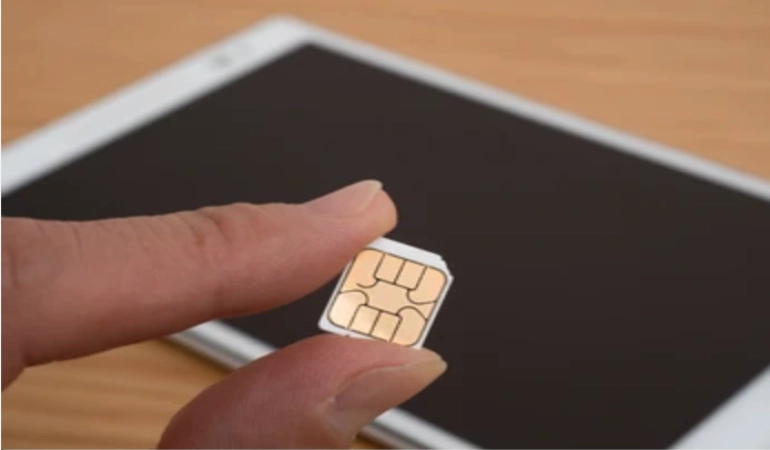Is This the End of the SIM Card?
The launch of Apple’s latest iPhone is stirring debate over the future of the humble SIM card, a piece of technology that has been part of mobile phones for decades.
September 21, 2025 12:30
For the first time, Apple’s newest model – the iPhone Air – will not include a slot for a physical SIM card. Instead, it relies entirely on an eSIM, a digital alternative that allows users to switch carriers or plans without handling the tiny piece of plastic.
Industry watchers say the move signals the start of a wider shift. “This feels like the beginning of the end for the physical SIM,” said Kester Mann, an analyst at CCS Insight.
The slow farewell to a familiar chip
Since the 1990s, SIM cards – short for Subscriber Identity Module – have been essential for connecting phones to mobile networks. For many, inserting a SIM tray has been a ritual of getting a new device up and running.
But eSIM technology has been creeping in for years. Apple first introduced it as an option alongside traditional SIM slots, and other manufacturers such as Samsung and Google have followed suit.
Now, with the iPhone Air and several models in the iPhone 17 line available as eSIM-only devices in many countries, Apple is betting big on the digital version.
Still, the change won’t be universal just yet. In some regions, Apple’s iPhone 17 series will continue to include SIM slots, and most other smartphone makers remain cautious about going fully digital.
Analysts expect SIM trays to vanish
According to CCS Insight, 1.3 billion eSIM-enabled smartphones were already in use by the end of 2024, and that figure is expected to more than double to 3.1 billion by 2030.
“In time, the SIM tray is likely to disappear altogether,” predicted Paolo Pescatore, a technology analyst at PP Foresight.
Why eSIMs appeal
Advocates say there are clear benefits. By removing the SIM tray, phone makers gain extra space inside devices – space that could be used for larger batteries.
There’s also an environmental advantage: fewer plastic SIMs and packaging.
For travelers, eSIMs may prove especially useful, making it easier to switch to local carriers abroad without costly roaming fees or a trip to a phone shop.
And with setup handled digitally, eSIMs could change the way customers interact with mobile providers. “It will gradually shift consumer behavior,” said Mr Mann. “People may no longer need to visit a high street store just to manage their SIM.”
Challenges ahead
Not everyone will welcome the change. Analysts caution that older users or those less comfortable with technology may find eSIMs confusing at first.
“The industry has a responsibility to make the transition smooth and explain clearly how eSIMs work,” Mr Mann added.
For now, the physical SIM card lives on – but with Apple leading the charge, its days may be numbered.







